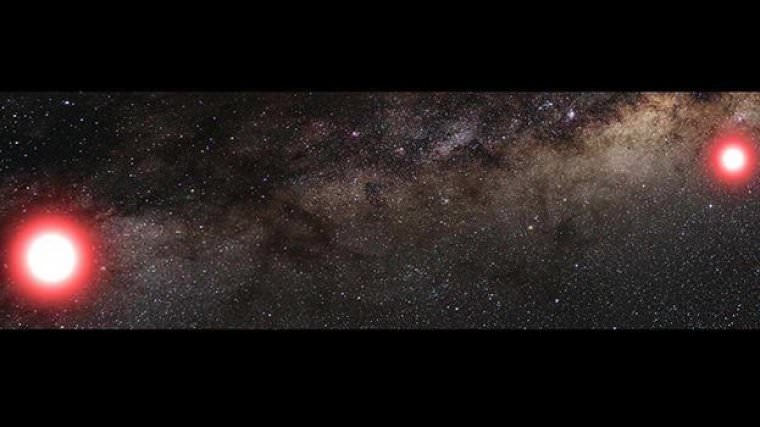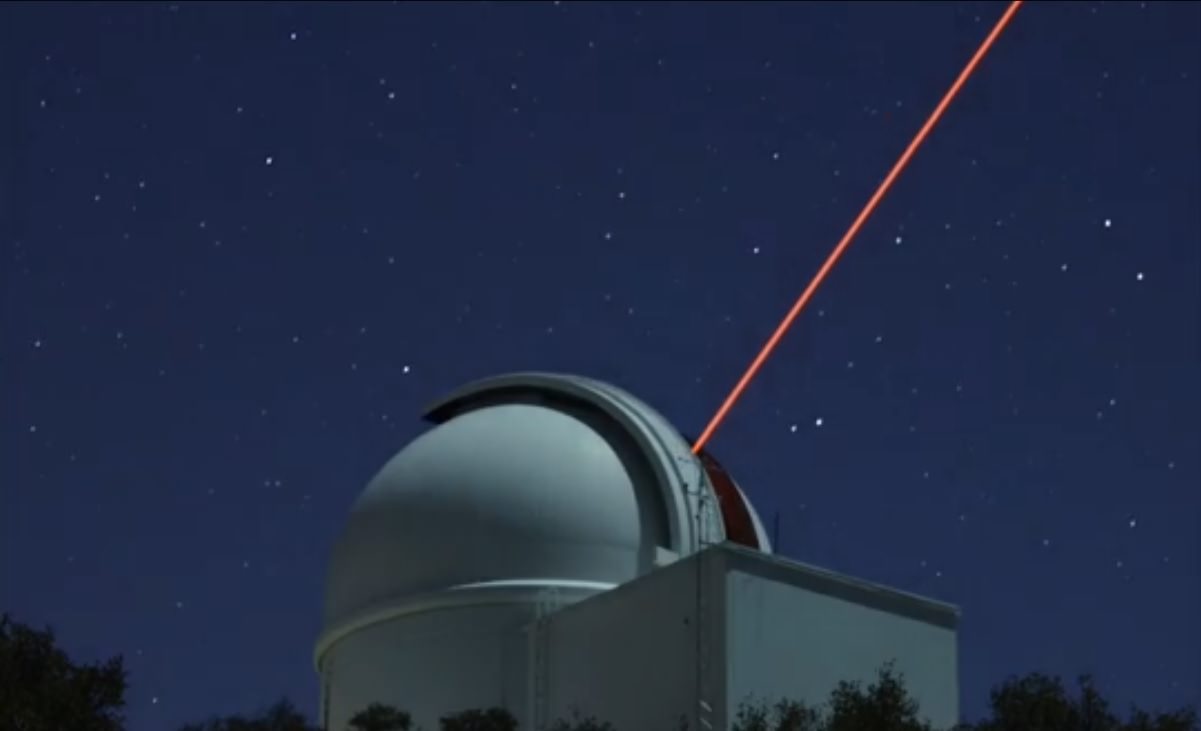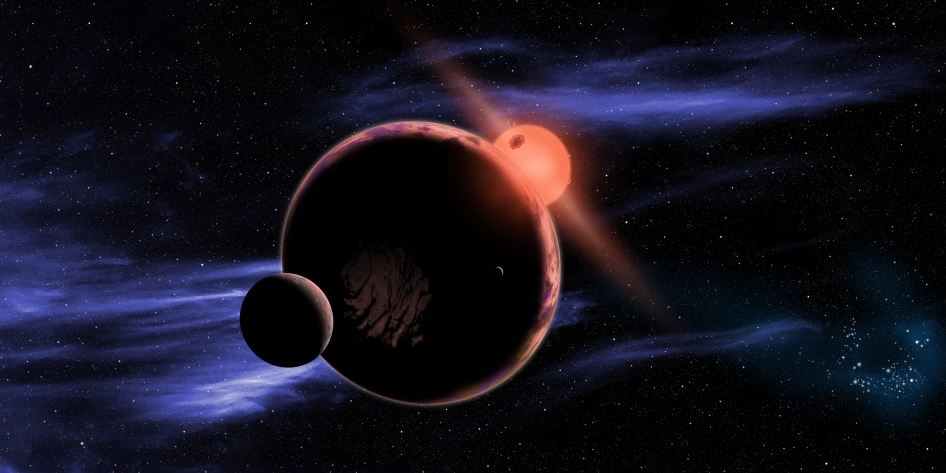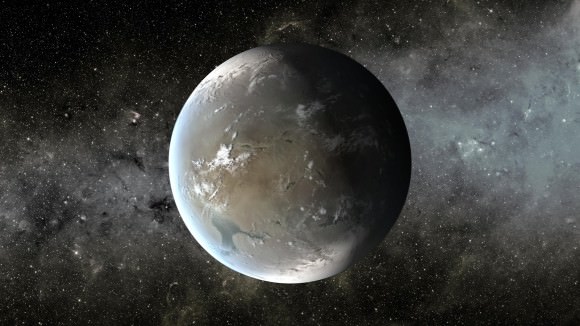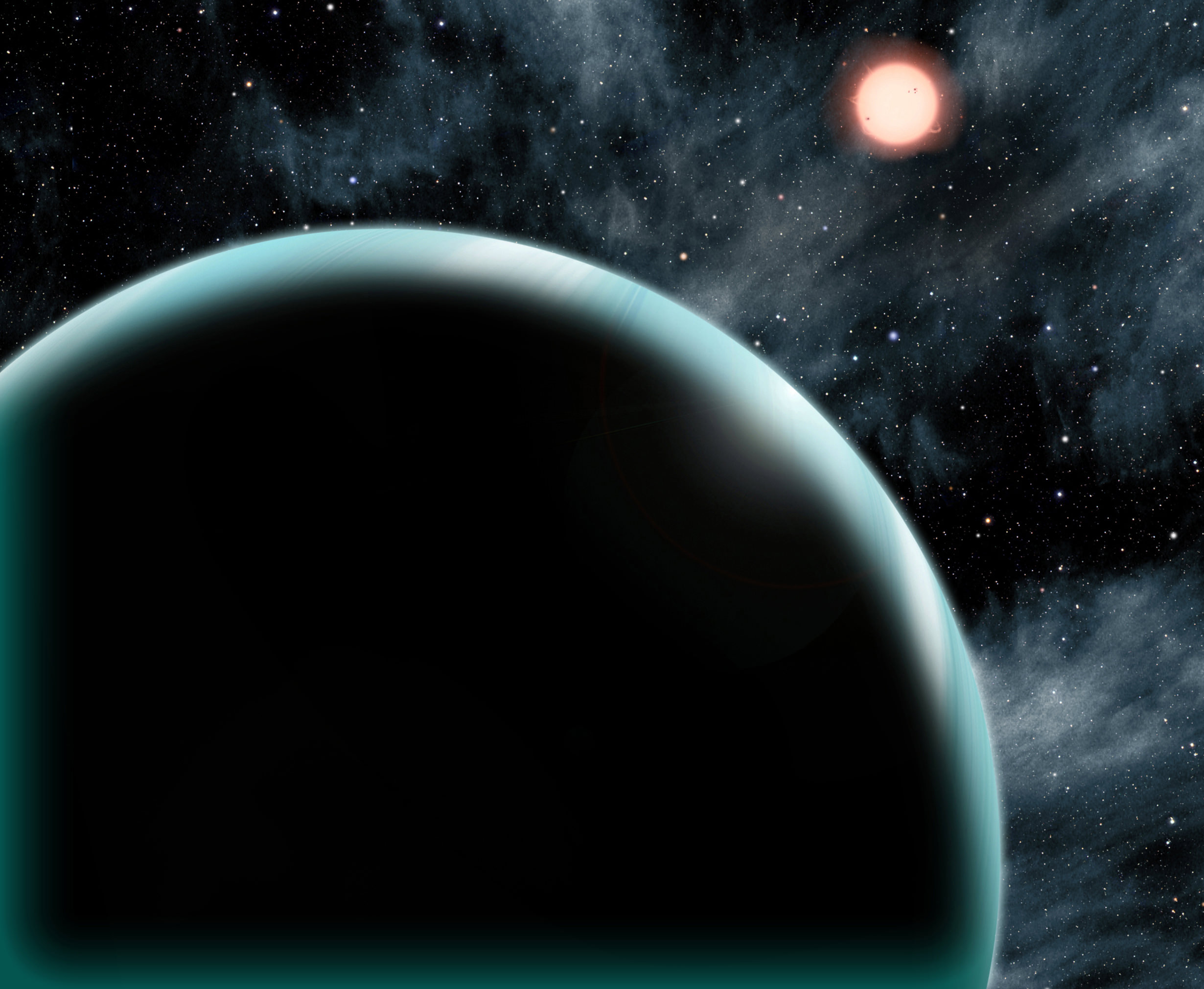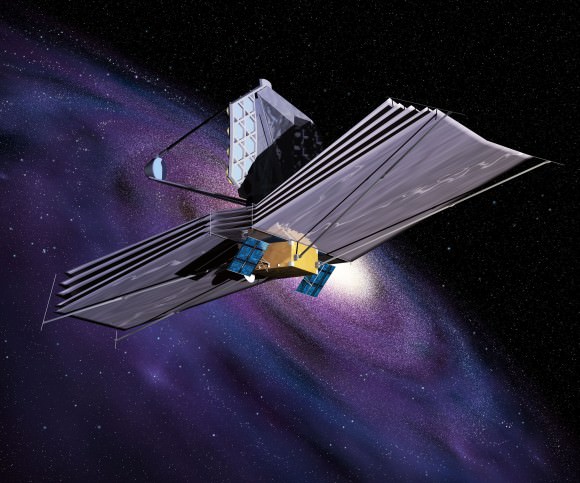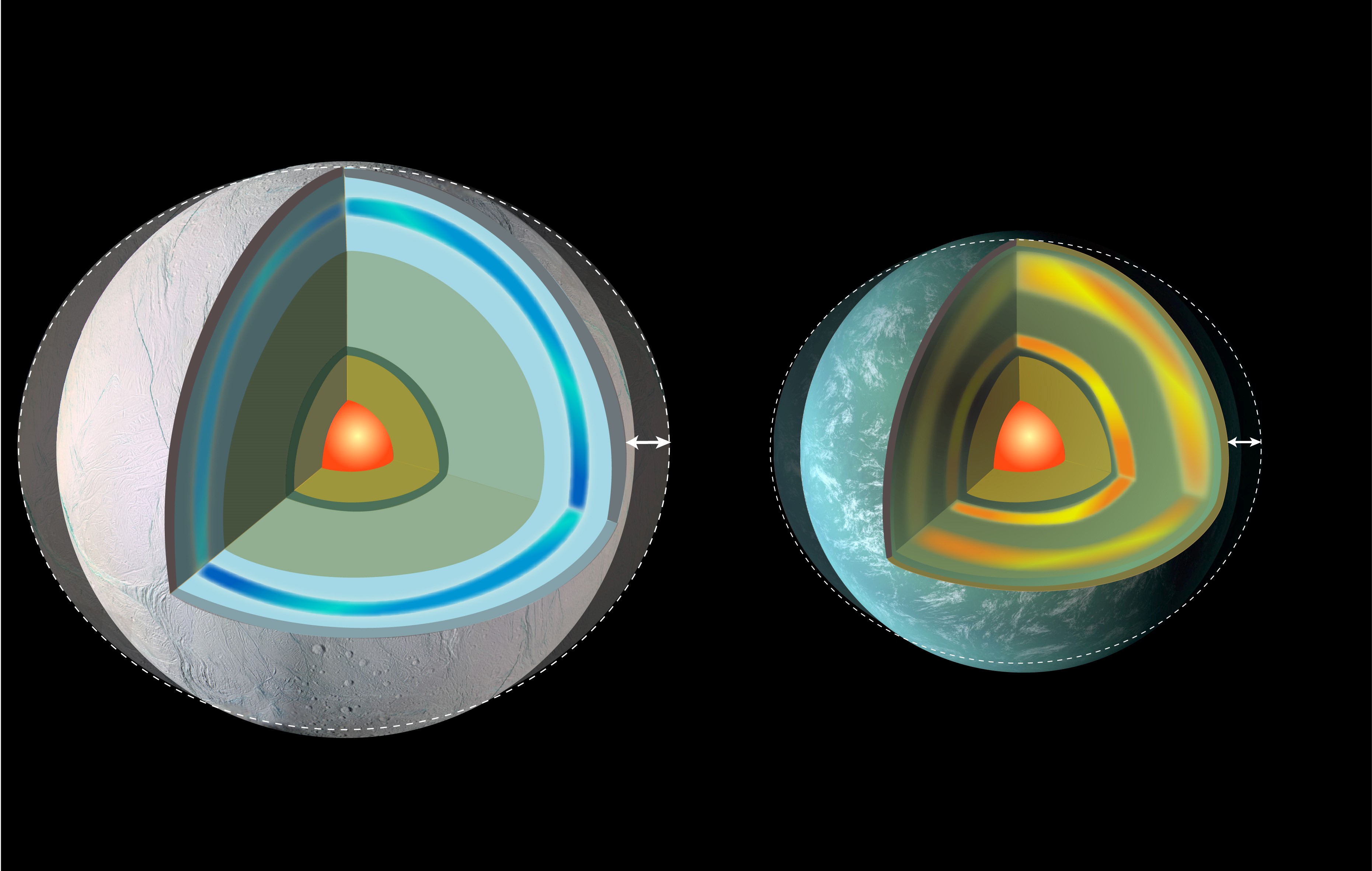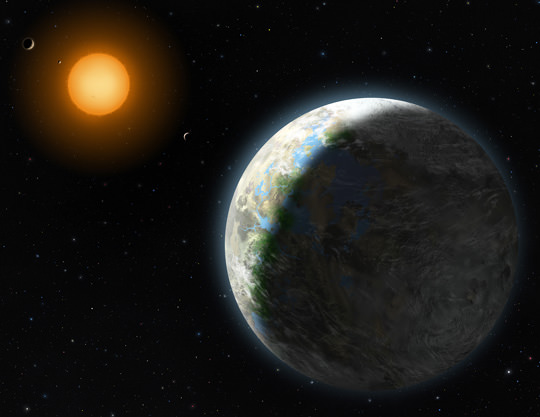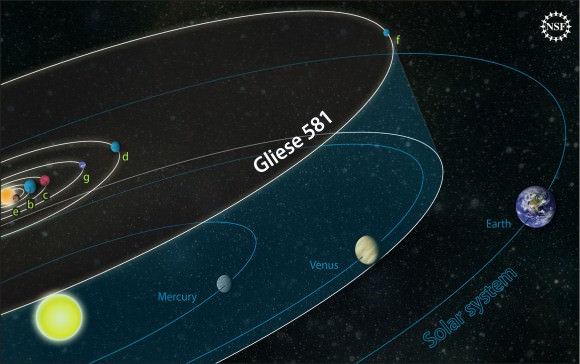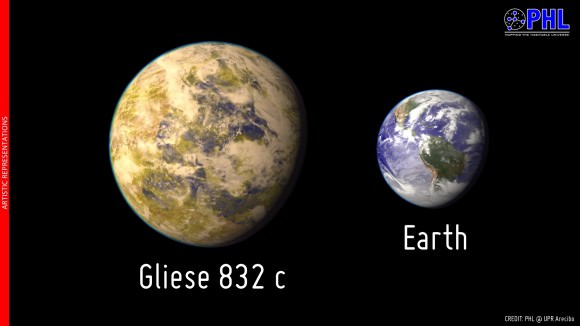Our solar neighborhood is rich with planetary systems. Within 20 light-years we’ve detected sizzling gas giants and rocky planets orbiting closer to their host star than Mercury orbits the Sun.
Astronomers have now added one more to the list, and this one — a super-Earth dubbed Gliese 15Ab — ranks as one of the closest known exoplanets, circling its host star only 11.7 light-years away.
Gliese 15 is a binary system, with two cool, dim red dwarfs orbiting each other. Although red dwarfs are the most common type of star in the galaxy, they’re so intrinsically faint that not a single one (including the closest star to the Sun, Proxima Centauri) is visible to the naked eye.
Although Gliese 15A might appear faint from Earth, it is overwhelmingly bright compared to its barely reflective exoplanet. So unfortunately we can’t easily see the exoplanet directly. But it does leave an imprint on its host star. Its small gravitational tug makes Gliese 15A wobble ever so slightly as both orbit a mutual center of mass, known as the barycenter.
The star’s movement is then imprinted on its spectrum. As Gliese 15A moves away from the Earth, its spectral lines stretch to redder wavelengths. But as it moves toward the Earth, its spectral lines compress to shorter wavelengths.

The change is minute. But the Keck 10-meter telescope, with an extremely high-resolution detector, can see such small changes. And from this tiny wobble, Andrew Howard and colleagues calculated that the planet is 5.35 times the mass of Earth and orbits its star in only 11.44 days, making it a hot super-Earth. And remember, it’s only 11.7 light-years away.
A handful of other planet candidates have been found that are closer, but all — including Gliese 15Ab — have yet to be confirmed by other research teams. In the long run, it may turn out that this hot super-Earth is the closest planet to our pale blue dot. Then again, it may not. That’s how science works.
Nonetheless, Gliese 15Ab might prove to be an exciting target for one of the new planet imagers that came online within the past year.
The findings will be published in the Astrophysical Journal and are available online.

